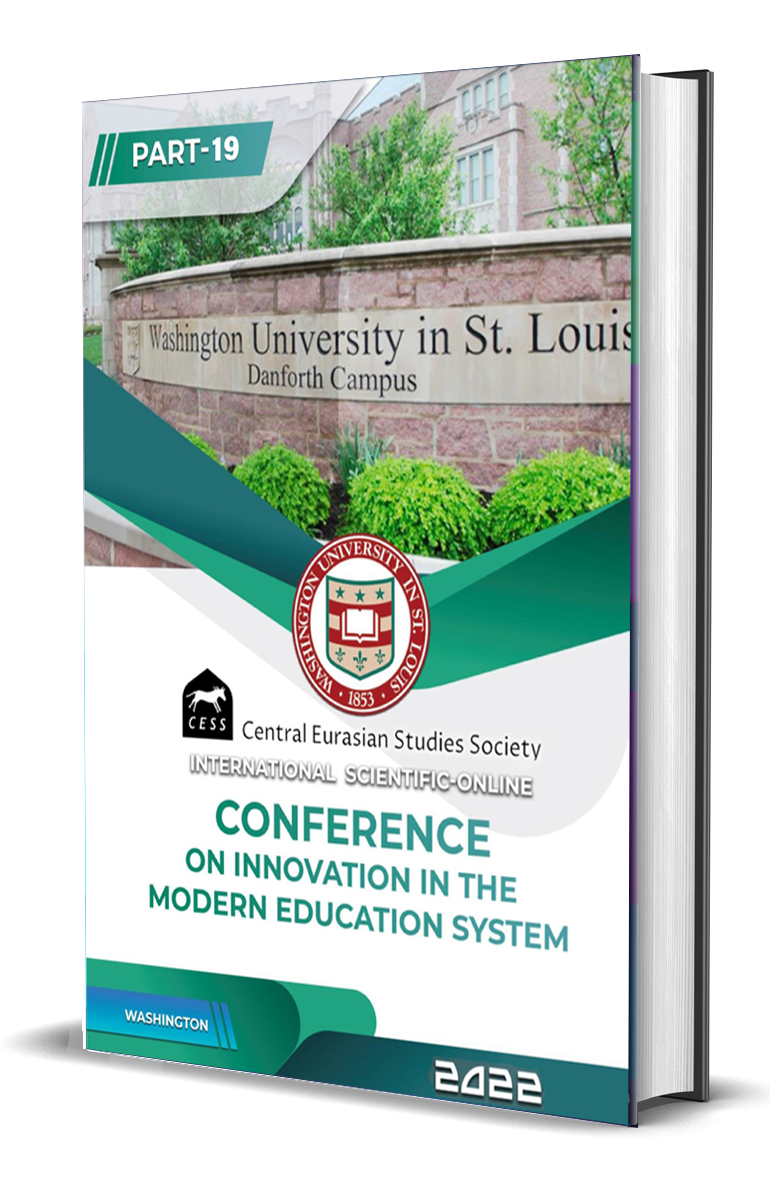TWO CATEGORIES OF LEARNERS’ DIVERGENCE AFFECTING THEIR LEARNING
Keywords:
pragmatic norms; teaching pragmatics, pragmatic awareness, communicative competenceAbstract
When language learners experience interacting with people who are native speakers of their language, it is noticeable that language learners’ pragmatic behavior does not necessarily reflect anticipated patterns, behind which there are definitely several reasons. Ishihara and Cohen (2010) examined five common factors of learners’ divergence from pragmatic norms, including negative transfer of pragmatic norms, limited grammatical ability in the L2, overgeneralization of perceived L2 pragmatic norms, effect of instruction or instructional materials and resistance to using perceived L2 pragmatic norms. In spite of the fact that pragmatic ability is considered as one of the most complicated and challenging features of communicative competence, non-native like language application is not always deemed as negative, rather it reflects innovative, creative aspects as Ishihara and Cohen (2010) stated. At the same time, it is important to note that there are circumstances in which language pragmatics can be misunderstood and result in unwanted implications. That is why, centering focus on teaching pragmatics in the classroom in order to avoid divergence is crucially vital. Teachers should always feel the main causes of pragmatic divergence on learners and pay attention to fixing these potential incidents by conducting reasonable and effective activities or teaching methods.
References
Ishihara N. and Cohen D. (2010) Describing speech acts: linking research and pedagogy: Chapter-4. UK: Pearson Educational Limited
Ishihara N. and Cohen D. (2010) Learners’ pragmatics: potential causes of divergence; Chapter-5. UK: Pearson Educational Limited
Jenny Dooley and Virgina Evans (1999) Grammarway-3 with answers, Express publishing
Raymond Murphy (2019) English Grammar in Use; Fifth edition. Cambridge University Press
http://www.carla.umn.edu/speechacts/descriptions.html





